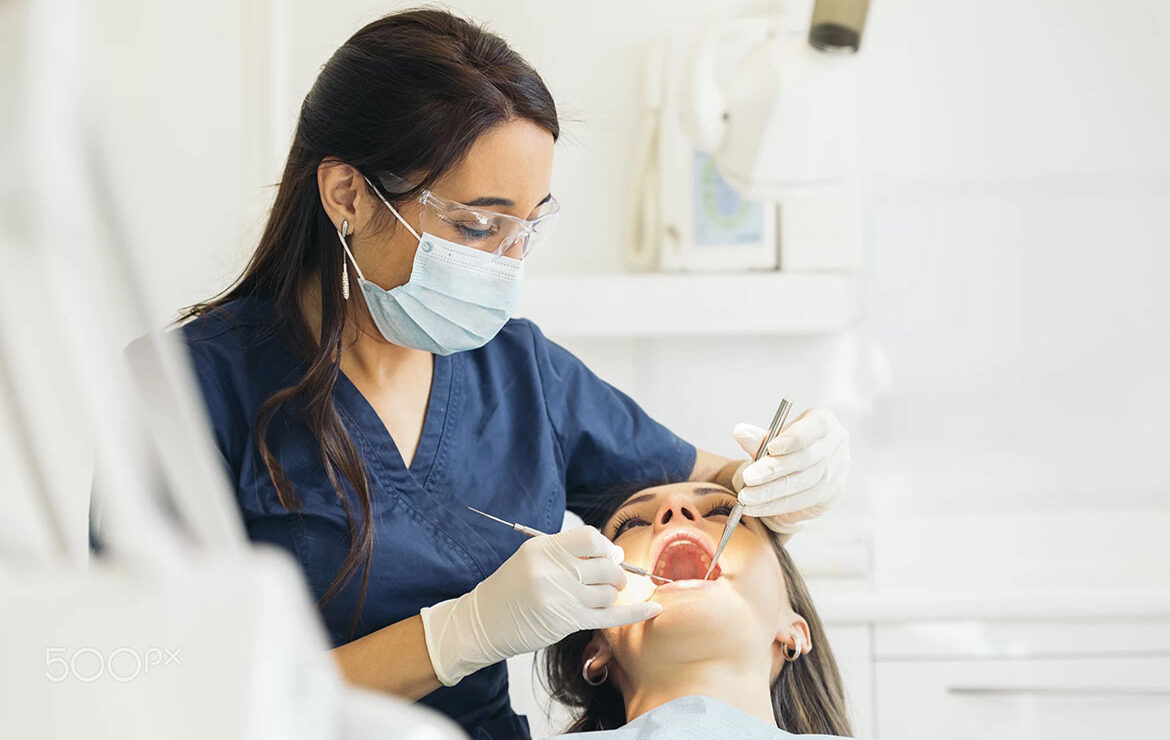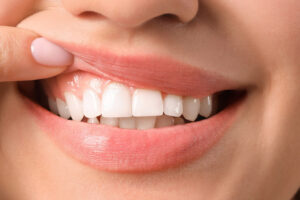What Does it Mean When Your Tongue Turns White?

What Does it Mean When Your Tongue Turns White?
A white coating on the tongue can be a concerning sign, as it may indicate a range of conditions or issues. Understanding the potential causes and implications can help you determine whether it’s something to be worried about and when to seek medical advice. Here’s a comprehensive guide to what a white tongue might mean and what you should do about it.
1. Common Causes of a White Tongue
1.1. Oral Thrush
Oral thrush is a fungal infection caused by an overgrowth of Candida yeast. It can lead to a white, creamy coating on the tongue and other parts of the mouth.
- Symptoms: Besides a white tongue, symptoms may include redness, soreness, and difficulty swallowing. The white coating can often be wiped away, revealing red, inflamed tissue underneath.
- Risk Factors: People with weakened immune systems, those taking antibiotics, or individuals with diabetes are more susceptible.
1.2. Bacterial Overgrowth
A white tongue can result from an overgrowth of bacteria on the tongue’s surface, often due to poor oral hygiene.
- Symptoms: You might notice a white, sometimes yellowish coating, along with bad breath. This type of coating can be linked to a build-up of dead cells, bacteria, and food particles.
- Prevention: Regular brushing of the tongue, along with maintaining good oral hygiene, can help prevent bacterial overgrowth.
1.3. Dehydration
Dehydration can lead to a dry mouth and a white tongue due to the accumulation of dead cells and bacteria.
- Symptoms: A dry mouth, reduced saliva production, and a white coating on the tongue are common signs. Drinking more water and staying hydrated can alleviate these symptoms.
1.4. Leukoplakia
Leukoplakia is a condition characterized by thick, white patches on the tongue and other parts of the mouth. It can sometimes be a precursor to oral cancer.
- Symptoms: White patches that cannot be scraped off, often accompanied by pain or discomfort. It’s important to see a healthcare provider if you suspect leukoplakia.
1.5. Geographic Tongue
Geographic tongue is a benign condition where patches of the tongue lose their papillae, leading to a white, map-like appearance.
- Symptoms: Patches on the tongue may appear red, smooth, and bordered by white lines. It’s usually painless but can occasionally cause discomfort.
1.6. Oral Lichen Planus
Oral lichen planus is an inflammatory condition that can cause white patches or lacy white lines on the tongue and inside the mouth.
- Symptoms: Besides a white tongue, symptoms may include a burning sensation and pain. The cause is unknown, but it’s often managed with medication and lifestyle changes.
1.7. Sickle Cell Anemia
Sickle cell anemia can cause changes in the tongue’s appearance due to compromised blood flow and nutrient deficiencies.
- Symptoms: Besides a white coating, individuals might experience pain, swelling, and soreness in the mouth.
2. When to See a Healthcare Provider
While a white tongue is often harmless, it’s important to consult a healthcare provider if:
- Duration: The white coating persists despite maintaining good oral hygiene.
- Symptoms: You experience pain, bleeding, or difficulty swallowing.
- Changes: You notice significant changes in the appearance of your tongue or mouth, such as the development of lesions or patches that cannot be wiped away.
- Underlying Conditions: If you have a weakened immune system, diabetes, or other chronic health conditions that could be contributing to the problem.
3. Treatment and Management
3.1. Improve Oral Hygiene
Regular brushing of your teeth and tongue, flossing, and using mouthwash can help reduce bacteria and dead cells, potentially clearing up a white tongue.
- Tongue Scrapers: Using a tongue scraper can help remove the white coating and improve oral hygiene.
3.2. Stay Hydrated
Drinking plenty of water can help prevent dehydration and maintain a healthy balance of saliva in the mouth.
3.3. Address Underlying Conditions
If an underlying condition is causing a white tongue, such as oral thrush or leukoplakia, your healthcare provider will recommend appropriate treatments, including antifungal medications or other therapies.
3.4. Diet and Lifestyle
Maintaining a balanced diet and avoiding irritants such as smoking and excessive alcohol consumption can support overall oral health.
4. Preventive Measures
To prevent a white tongue and maintain good oral health:
- Brush Regularly: Brush your teeth and tongue twice a day with fluoride toothpaste.
- Use Mouthwash: Rinse with an antimicrobial mouthwash to help reduce bacteria.
- Stay Hydrated: Drink plenty of water throughout the day.
- Visit Your Dentist: Schedule regular dental check-ups to monitor and address any oral health issues.
A white tongue can be a sign of various conditions, from harmless to serious. Monitoring your symptoms, maintaining good oral hygiene, and consulting with a healthcare provider when necessary can help address the underlying cause and ensure your oral health is in good condition.







